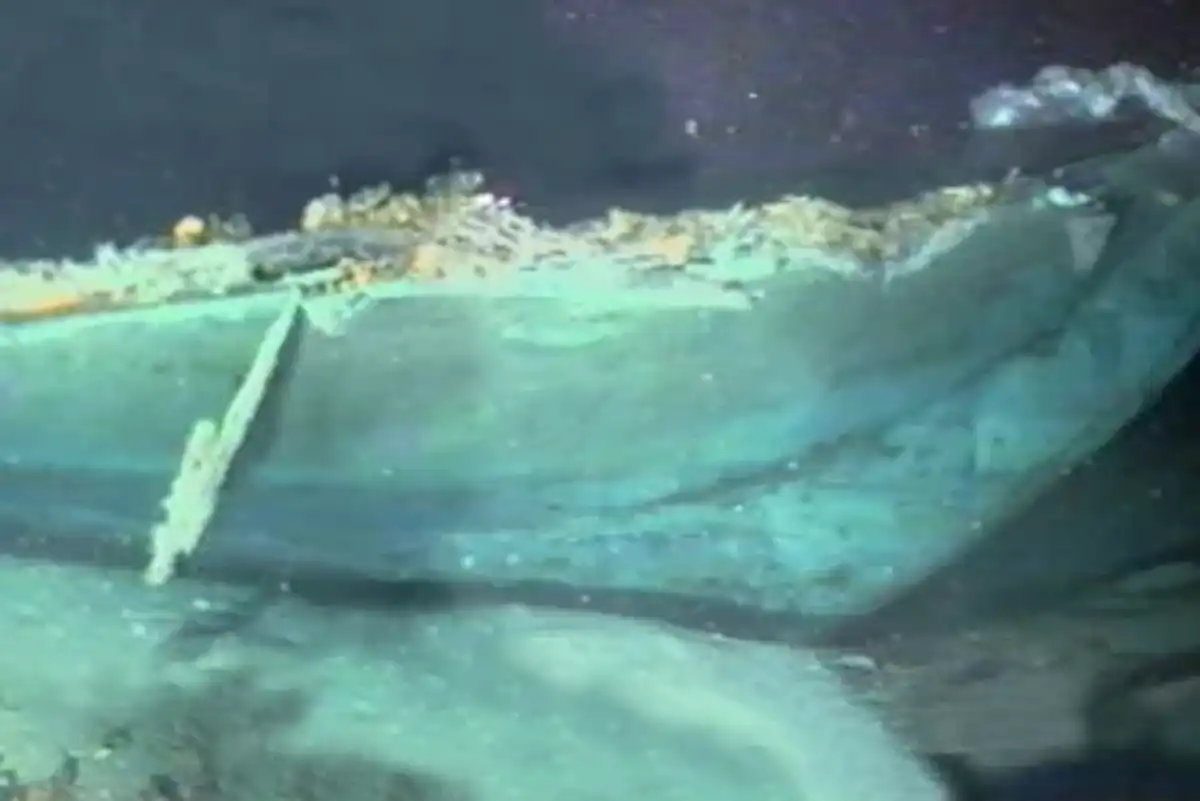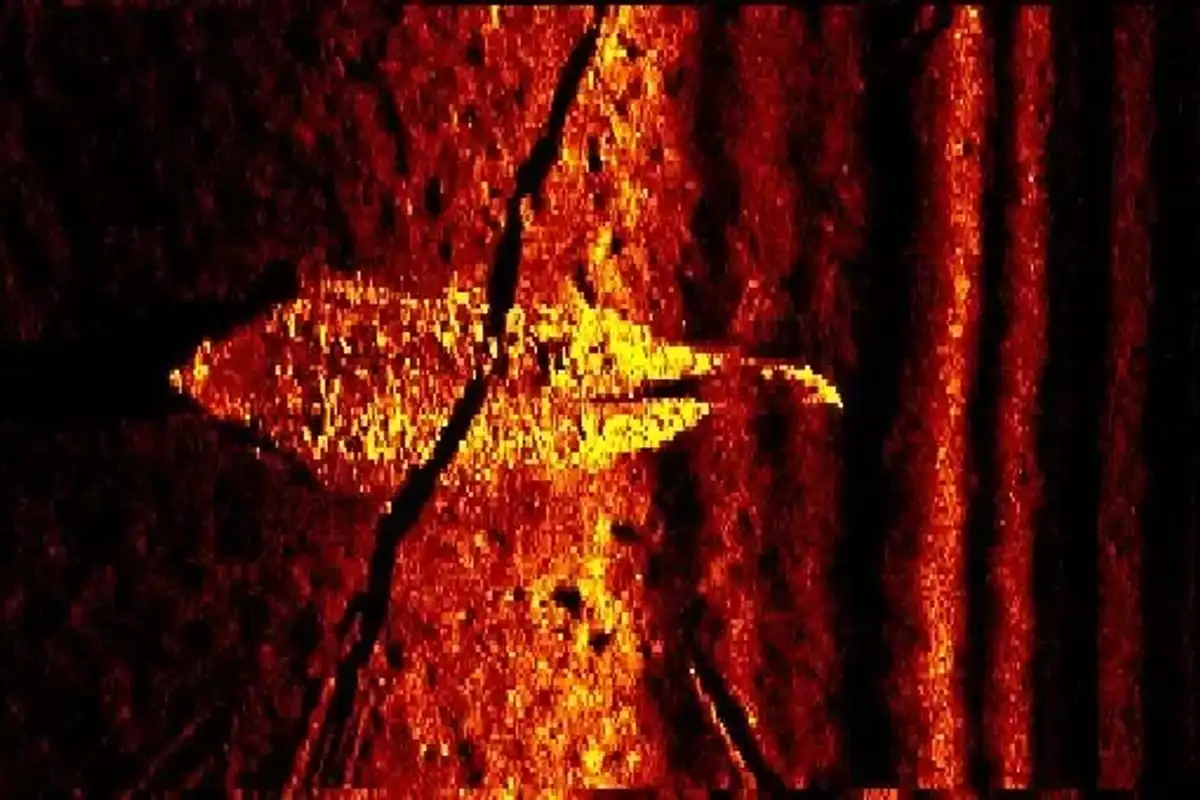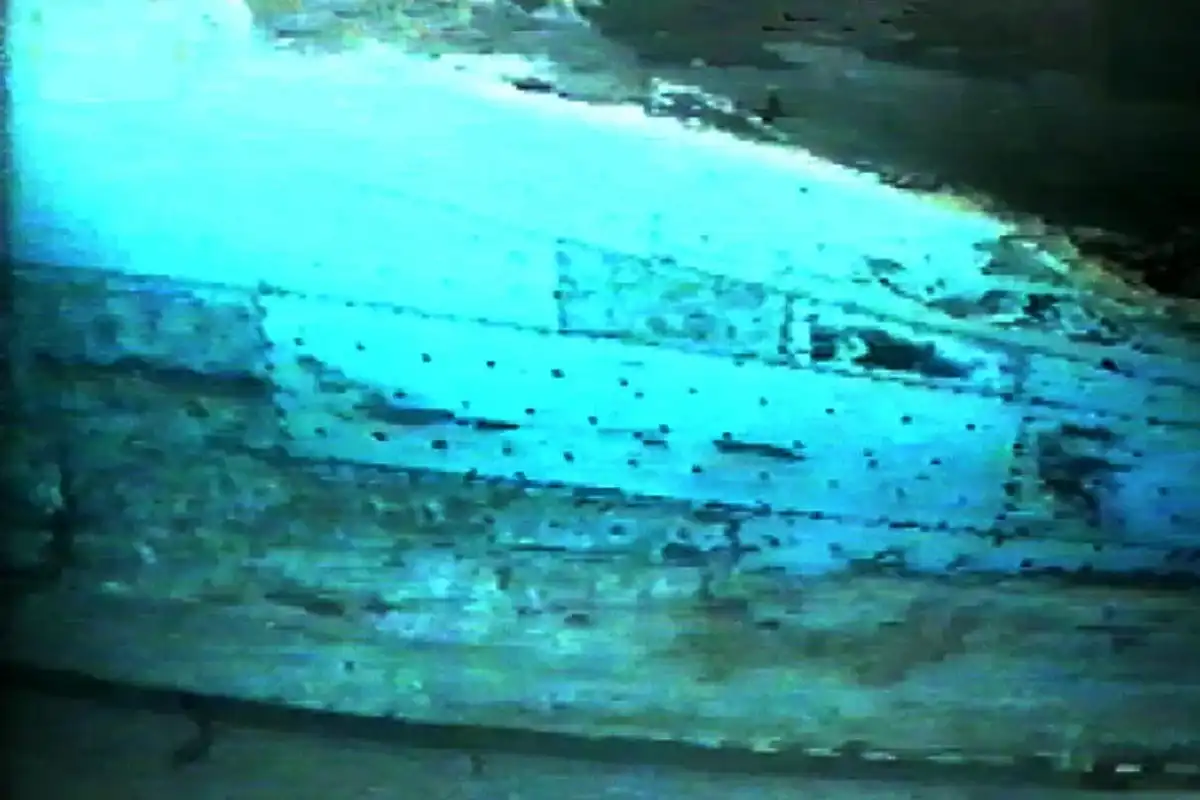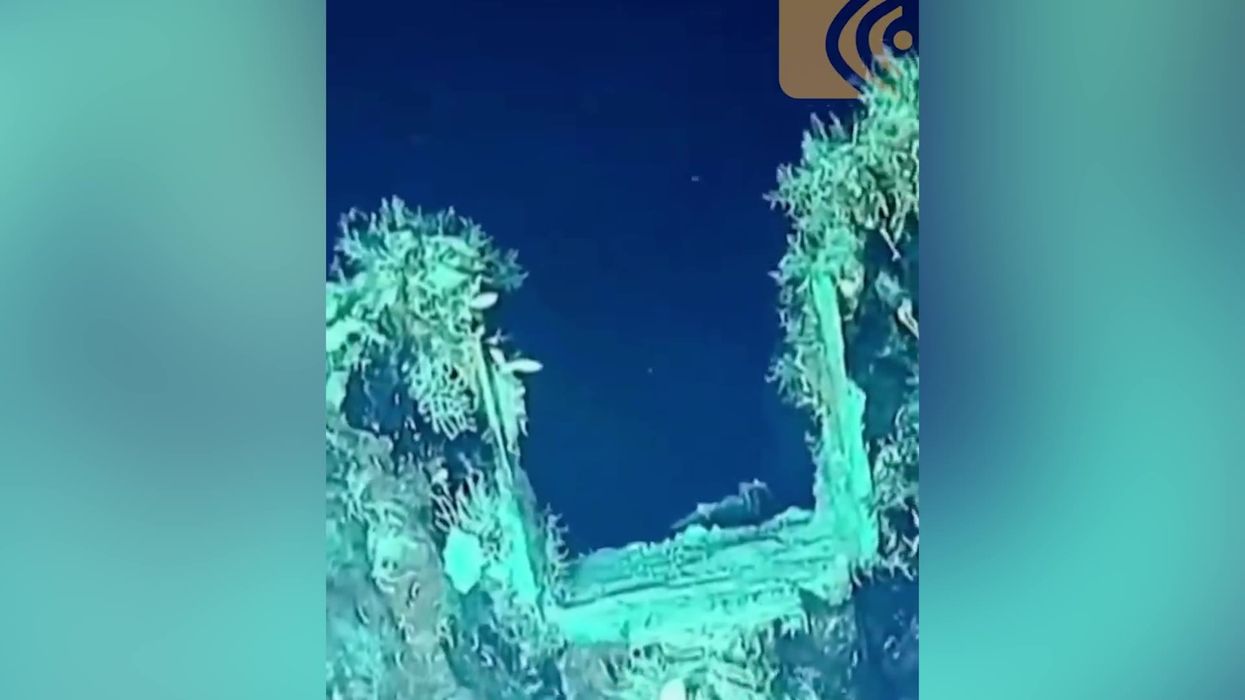Harriet Brewis
Jun 12, 2024
Footage shows 1708 shipwreck of San José thought to hold $20bn of …
Presidency of the Republic of Colombia
You’ve no doubt heard of the curse of the Black Pearl, but how about the curse of the Mica Wreck?
Whilst, admittedly, not quite as dramatic as a pirate ship teaming with zombies, the Mica, located 2,600 feet (almost 800 metres) down on the Gulf of Mexico’s seabed, is shrouded in its own mystifying legend.
The wreck was discovered by chance in February 2001 when ExxonMobil oil workers inadvertently bisected it with a pipeline.
Given that the Gulf of Mexico is one of the greatest hotbeds of maritime archeology in the world, experts seized the chance to explore the lost ship and unearth the treasures of the past.
However, as they were soon to discover, reaching the 65-foot-long vessel would be no mean feat, despite the advanced technology at their disposal.
In 2002, the US navy contributed its nuclear research submarine to an expedition to the site, led by Brett A. Phaneuf – a scientist at Texas A&M University.
Phaneuf felt confident that he would put a name and history to the shipwreck by the end of that summer, but it wasn’t to be.
Instead, his team was beset by endless issues – technical meltdowns which he jokingly attributed to the curse of the wreck.
''There's bad voodoo out here,'' he told The New York Times (NYT) the following year. ''Everything that can go wrong has.''

In January 2002, Phaneuf and his colleagues were hoping to retrieve artefacts from the wreckage, such as porcelain and metal, which could provide clues as to its origin and age, but the mission was beset with mishaps.
Firstly, a mini-submarine which was sent down to view the wreck was barely in the water 30 minutes before the hydraulic system used to manoeuvre it suddenly malfunctioned.
Then, the video monitor in the control room – essentially the researchers’ eyes underwater – blacked out.
And if that weren’t enough, once the sub finally reached the wreck, the sonar failed, after which the captain misheard a direction from the expedition’s project manager and yanked the rover away in the opposite direction.
At that point, the team decided to call the whole thing quits.
But that wasn’t the end of their efforts. As Phaneuf put it: “The curse of the wreck continues”.
In July of the same year, researchers launched an identical robot sub to visit the shipwreck site. But as soon as it entered the water, it veered out of control.
The tether then got caught in its support ship’s propellers and was instantly destroyed.
Meanwhile, on the seafloor, the navy’s submarine successfully made sonar maps of the site and shot hours of video. However, its robot arms were too short to reach the artefacts the researchers were hoping to collect, the NYT reports.
Later in the summer, a research ship from the National Oceanic and Atmospheric Administration (NOAA) offered to stop by the site to pick up some of these sunken artefacts.
But the first time the ship left port, a piece of debris got stuck in a propeller, forcing the ship to return. And the second time, the propeller locked completely, meaning the ship had to dock for repairs.
Despite these setbacks, the NOAA team again attempted to reach the wreck, but a prop shaft broke, punctured the back of the boat, flooded the engine room and almost sank their ship.

The following January, Phaneuf and his colleagues attempted to send their repaired sub back down to the Mica, but within minutes of hitting the water, it blacked out again.
After months of trying to explore the site, all the scientists had managed to pull from the sunken vessel was a small scrap of copper from its hull.
But, as Phaneuf pointed out, it was all but useless. ''There's nothing on it,'' he said. ''No good.''
And despite the hours of video recorded by the navy submarine, and the detailed sonar maps, the only conclusive fact the researchers gleaned was that the ship had two masts.
Still, it wasn’t all a disaster. Once again, technicians repaired the lawnmower-sized sub and sailed to a second shipwreck close by the Mica which hadn’t been examined yet.
Because this wreck was in more shallow water (at 1,300 feet), a crew member was also able to go down in a bigger sub for a closer look.
Together, the two vessels got a clear view of the well-preserved wreck which was nearly 200 feet long.
Marine archaeologist Dr Jack Irion, of the federal Minerals Management Service, then used the descriptions offered by the team to deduce that the ship may have been a lumber ship which sank in 1876 while en route from Liverpool, England, to New Orleans.

As for the ''voodoo wreck,'' Phaneuf said he would be back, insisting: ''We're due to have some good luck.”
And yet, a 2020 report by Medium suggests that this return mission has yet to take place, and the mystery surrounding the Mica persists.
We don’t know who was on board the ship, precisely how old it was, nor what plunged it to a watery grave.
Instead, the wreck is just another enigma lurking in the watery depths of the sea.
Sign up for our free Indy100 weekly newsletter
How to join the indy100's free WhatsApp channel
Have your say in our news democracy. Click the upvote icon at the top of the page to help raise this article through the indy100 rankings
Top 100
The Conversation (0)













